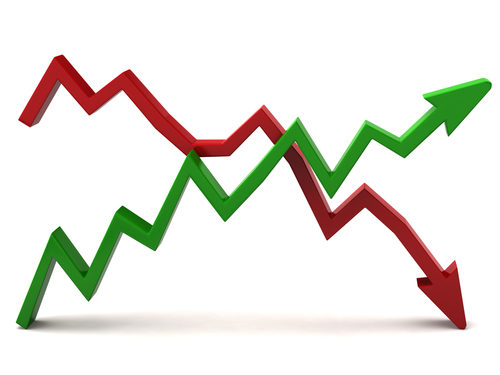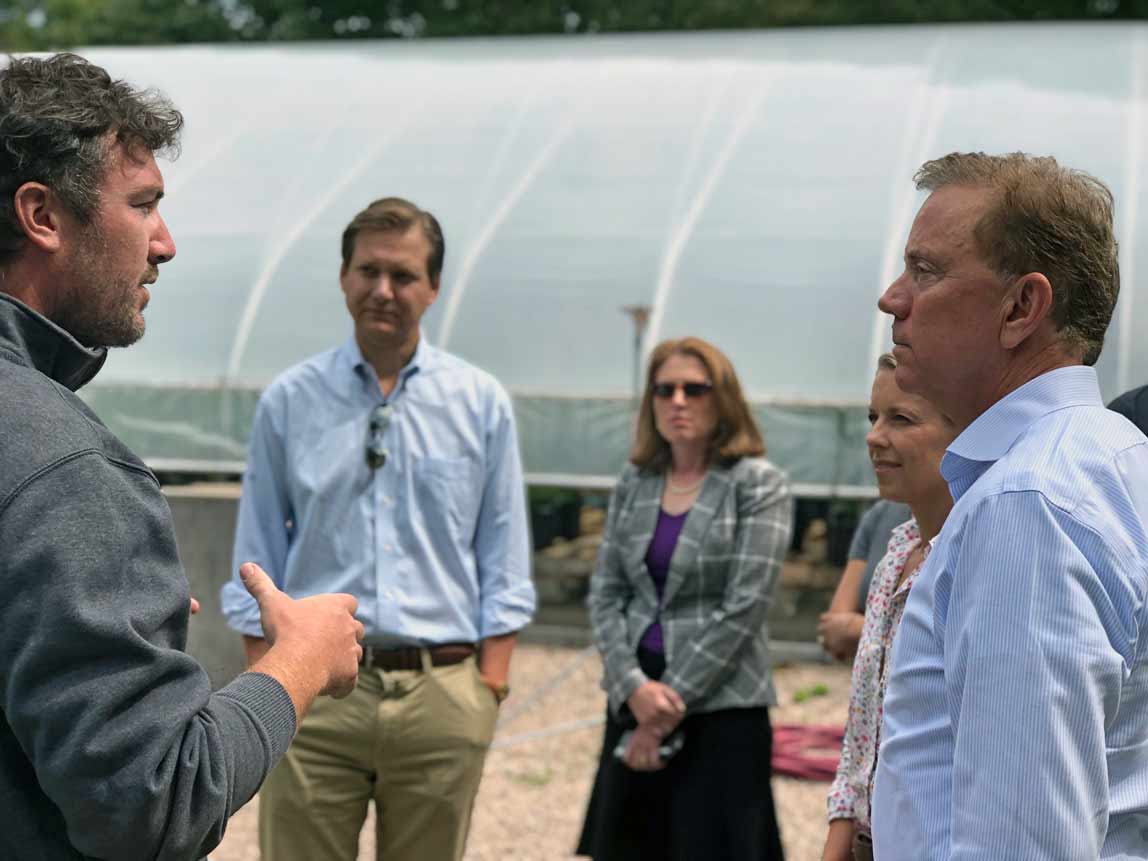An increased number of Connecticut businesses saw greater sales and profits in 2018, but most business professionals remained pessimistic on the state”™s economic climate, according to the 2019 Survey of Connecticut Businesses, produced by the Connecticut Business and Industry Association (CBIA) and the public accounting and business advisory firm Marcum LLP.
 In a poll of 356 business leaders, 43% reported sales growth in 2018, up from 36% in 2017. This marked the highest percentage reporting sales growth in five years. However, growth numbers were not as vibrant for smaller businesses with 100 employees or less: 35% reported growth last year, 19% said they experienced a year-over-year decline and 47% said sales were unchanged from the previous year. Nonetheless, 70% of respondents reported a net profit in 2018, a post-recession high, while 10% said they broke even, down from 18% in 2017, and 17% reported losses, up from 13%.
In a poll of 356 business leaders, 43% reported sales growth in 2018, up from 36% in 2017. This marked the highest percentage reporting sales growth in five years. However, growth numbers were not as vibrant for smaller businesses with 100 employees or less: 35% reported growth last year, 19% said they experienced a year-over-year decline and 47% said sales were unchanged from the previous year. Nonetheless, 70% of respondents reported a net profit in 2018, a post-recession high, while 10% said they broke even, down from 18% in 2017, and 17% reported losses, up from 13%.
On the subject of hiring, 56% of respondents did not forecast an expansion of their workforce, 23% stating they hoped to add workers. Investment priorities among the respondent companies included employee training (29%), new technology (16%), improvement in property and facilities (15%) and worker recruitment (14%).
When asked about the state economy, only 11% expect growth next year, down seven points from last year. Eighty-one percent felt the state”™s business climate was in decline, up 20 points jump from last year, and 92% expressed disappointment with the state legislature”™s handling of the economy and job creation. On a national level, 73% forecast U.S. economic growth, down from 85% last year, and 48% expressed apprehension over the negative consequences of tariffs and trade disputes.
“While Connecticut businesses are finding ways to survive and grow, their concerns for the future are clearly apparent in this survey,” CBIA President Joe Brennan said. “State policymakers must acknowledge these very real concerns and focus on policies that will restore confidence, promote investment, and drive long overdue economic and job growth.”
The survey was conducted in mid-June through late July, with a margin of error of plus or minus 5%.






















